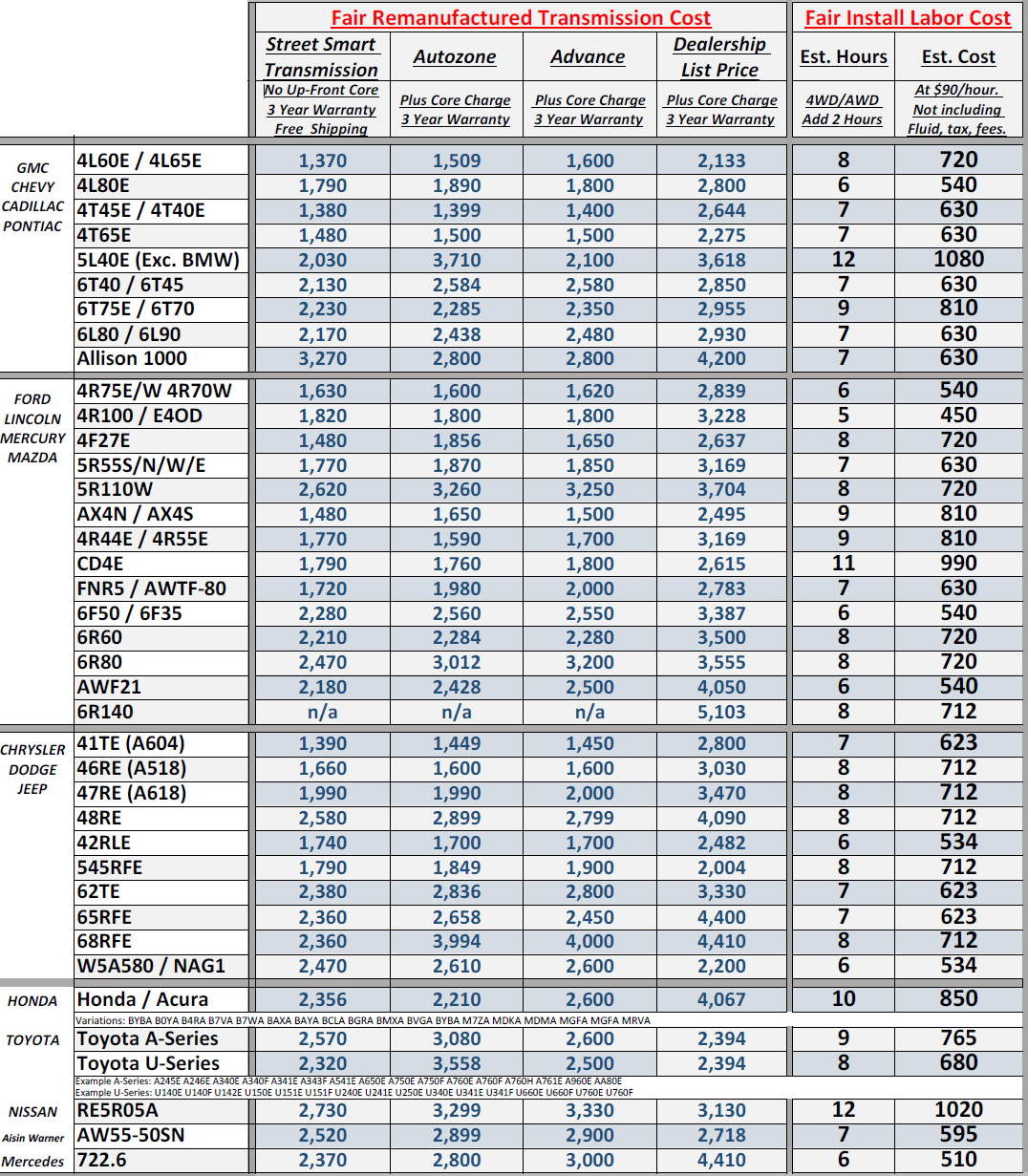With all of the electronics in today’s cars — even 1990 models — it’s a wonder that they sometimes run at all. Back in 1990, your Lexus likely had a minimum of six individual microcomputer systems controlling various things. For example, your emissions system had a computer controlling things and your transmission also had its own microcontroller. Likewise, the ignition system had a computer as did your Lexus’ safety systems (brakes, ABS, airbags). And, then there was the early infotainment computer that also controlled the NAV system (if it had one installed). And, of course, there was the microcontroller that took care of the air conditioning and heating. Each system reported to the engine management computer.
The difference between the computer systems of that era and today is the degree of connectivity. Today, each computer system “talks” to and is “heard” by all the other underhood computer systems. Ultimately, they all report to the engine management module, which is always listening via the CAN (Can Area Network). The engine management module is a far more powerful processor than anything imagined in 1990.
With that said, given the number of individual computer-managed systems under the hood of your Lexus, it is quite possible that though problems look as if they are being generated by the transmission system, they aren’t really. You see, 1990-era cars many times multiplexed their signals so that the individual computer-controlled systems could share the data generated by individual sensors. This meant that where a sensor today usually only has a set of networked wires, the sensors back then had multiple looms of wires and connectors that could come apart and short out or go open.
When a short or open in a 1990-era vehicle occurred, its actions were just as you described. I suspect that what is happening is that you have looms of ancient wire that have become brittle and are losing good contact with the networks they are supposed to be talking to. Instead, various wires may be coming a bit loose and are touching so that one moment your dash your headlights may go out while your transmission is working. At another moment, you will find that your reverse gear is not working — as you have said is happening — while at another time, you may find first and third are not working.
Since this is honestly an electro-mechanical problem and only slightly related to your transmissions — though it can seem like it’s all a transmission problem because of the number of times the transmission has failed — you need a good general mechanic who has certifications in not only electrical work, but also electronics work. If you find a NIASE (National Institute for Auto Service Excellence) with the proper credentials, drop your car off there for an estimate. I am willing to bet that at the end of the day you will find this cost is very prohibitive. You may have to have the entire vehicle rewired which is very time-consuming. It can take more than a day of working time ($144 hourly times 8 hours) to do just one circuit. If your car has several circuits that have to be rewired you are looking at $1,152 per day times four or five days or more. If you have that type of money laying around, then go for it, but keep the 1990 as an antique and find a new daily driver, which is raising your cost even more.
Ultimately, I have to tell you that it makes more sense to take the 1990 off the road and have it worked on as you can afford it because you are looking at a minimum of over $4,000 just for some wiring. It could easily cost much more than that. Obtaining a new daily driver where you only have a relatively small monthly payment is the best way to go, in my opinion.

